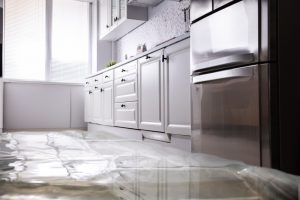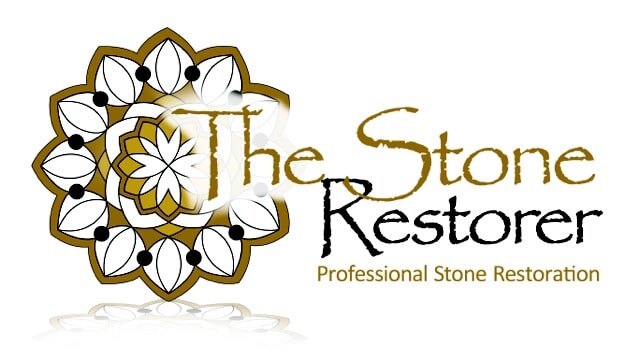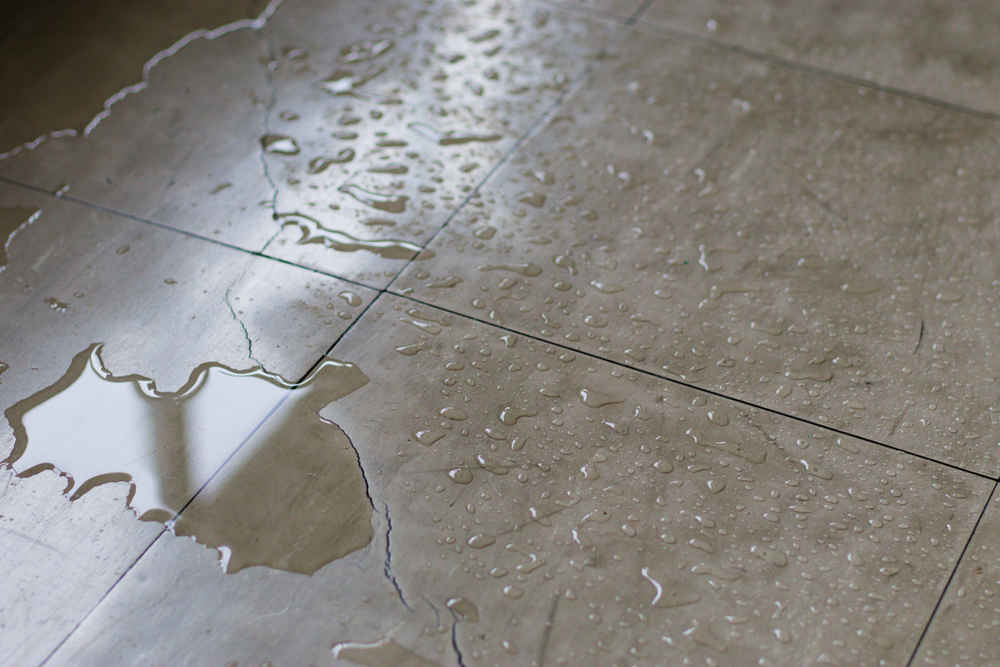Any room in your house can be made more beautiful and elegant by using natural stone tiles like marble, granite, and limestone. Dealing with moisture, however, is one of the main difficulties in maintaining natural stone tiles. This is where natural stone cleaning comes in.
The tiles may become stained, mouldy, or mildewed as a result of excessive moisture. Knowing how moisture affects natural stone tiles and how to properly clean them are essential because of this. We’ll look at the effects of moisture on natural stone tiles in this blog and offer advice on how to keep them pristine and well-maintained.
The Impact Of Moisture On Natural Stone Tiles
Natural stone tiles are a common option for flooring and walls because of their extreme durability, adaptability, and beauty. However, moisture is one of the main issues with keeping natural stone tiles looking like new. Natural stone tiles may experience a variety of problems due to moisture, including staining, cracking, and the development of mould and mildew.
Natural stone tiles may absorb water due to excessive moisture, which can result in a number of issues. For instance, if water is allowed to remain on the surface for an extended period of time, it may cause staining or discolouration. Additionally, if water penetrates the stone, it may expand and contract, resulting in cracks and other damage.
Furthermore, moisture can create the ideal environment for the development of mould and mildew if it is present for an extended period of time. This is not only unsightly, but it can also pose a health risk because mildew and mould can worsen respiratory conditions and other health issues.
Overall, it is evident that natural stone tiles can be significantly impacted by moisture. It’s critical to take action to protect your natural stone tiles from excess moisture and to make sure they are cleaned and maintained properly.
Preventing Moisture Problems In Natural Stone Tiles
For natural stone tiles to remain beautiful and durable, moisture issues must be avoided. Here are some steps you can take to avoid problems caused by moisture:
- Tile sealing: The first step in avoiding moisture issues is properly sealing natural stone tiles. In order to stop moisture from penetrating the tiles, the sealer will form a protective barrier on their surface.
- Remove any leaks: It’s critical to address leaks from pipes or the roof as soon as you notice them in your home. Tiles that have water seeping into them may become damaged or discoloured.
- Use mats and rugs: By putting them in high-traffic areas like entranceways, you can help stop moisture from getting on the tiles. These mats will soak up any moisture left on shoes, keeping it off the tiles.
- Use a dehumidifier: If your home is prone to high humidity levels, a dehumidifier is a necessity. This tool will assist in removing too much moisture from the air, preventing it from condensing on the tiles.
Spills should be cleaned up right away because it’s important to protect natural stone tiles. The longer the spill is allowed to sit, the longer it has to damage the tiles by seeping in.
Please be aware that some natural stones might need particular upkeep. To make sure you are taking the proper precautions, always check the care instructions for the particular type of natural stone you are using.

How To Clean Natural Stone Tiles Affected By Moisture
Natural stone tiles can become stained, damaged, or discoloured when exposed to moisture for an extended period of time. However, if you find the issue quickly enough, you can keep your natural stone tiles from suffering long-term harm.
When cleaning natural stone tiles that have been exposed to moisture, consider the following steps:
1). Remove Surface Moisture
Getting rid of any surface moisture on the tiles is the first step. To remove any puddles or standing water on the tile’s surface, use a dry, absorbent cloth. Make sure to reach any grout lines or crevices where moisture might be confined.
2). Use A Ph-Neutral Cleaner
Use a pH-neutral cleaner made especially for natural stone tiles next. Avoid cleaning with acidic or alkaline products as they can harm the surface of the stone. Apply the cleaner to the surface of the tiles after diluting it as directed by the manufacturer.
3). Scrub Gently
Scrub the tiles’ surface gently with a brush with soft bristles. Avoid applying too much pressure to avoid scratching the stone’s surface. Any areas that appear stained or discoloured warrant extra attention.
4). Rinse Thoroughly
After cleaning, thoroughly rinse the tiles with clean water to get rid of any cleaner residue. Make sure all of the cleaner is gone because any leftover liquid risks making the stone dull or discoloured.
5). Dry Completely
The tiles must be completely dried as the last step. To absorb any moisture that is still present, use a dry cloth or towel. Before stepping on the tiles or setting any furniture on them, make sure they have completely dried out in the air.
It’s important to remember that hiring a professional natural stone cleaner is best if the moisture issue is severe. They possess the knowledge and tools required to address significant moisture damage and stop any further damage from happening.
Final Thoughts
Natural stone tiles can be significantly impacted by moisture, which can result in everything from discolouration to the growth of mould. However, you can maintain the best-looking natural stone tiles by taking precautions and performing routine maintenance. If you do run into moisture-related problems, it’s crucial to take care of them right away using the proper cleaning methods to prevent further harm.
Don’t be afraid to get in touch with a specialist like The Stone Restorer if you have questions about how to clean your natural stone tiles or need assistance bringing them back to their former splendour. Your natural stone tiles can stay in top condition if you follow the advice and use the services that our team of experts can offer you.
Give us a call today at 0414 469 301 or ask us for a fast free quote on your tile cleaning or restoration project.






